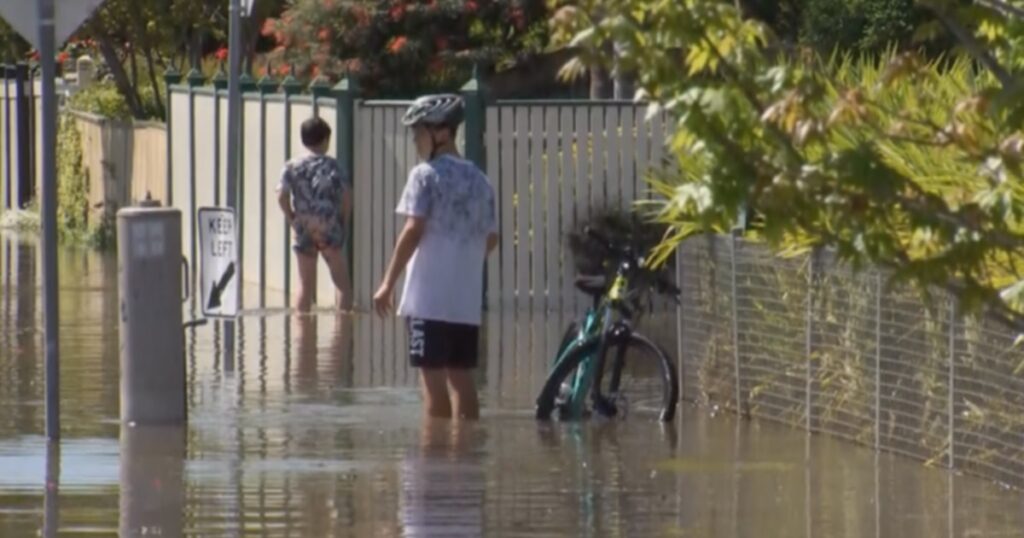Wheat producers in New South Wales anticipate that the cost of the heavy rain that destroyed the wheat harvests in the state’s northwest will run into the hundreds of millions of dollars.
As a result of extensive floods in the Moree, Walgett, and Narrabri districts, agronomists have calculated “conservative” losses of 120,000 hectares of wheat with an estimated worth up to $192 million.
It has sparked new demands for immediate financial assistance from farmers who have been affected by flooding and want emergency cash included in Tuesday’s budget.
NSW Farmers Grains Committee Chair Justin Everitt said some farmers were calling it a “wet drought”, and while it is unlikely to impact food prices in the short-term, he said for some growers it will be a financial disaster.
You invest a lot of money into getting your paddocks ready by planting your crops, fertilising them, and spraying them, only to have them destroyed a few weeks before harvest. It’s tragic,” Everitt remarked.
From the large bumper harvest that ABARES (Australian Bureau of Agricultural and Resource Economics) had predicted a few months prior, things have taken a sharp turn for the worst.
“In those areas of the state where people could access paddocks to seed, we’ve had a big crop, but now that’s all in jeopardy as well.
At his property, 25 kilometres west of Moree, grain farmer Matthew Madden received 243 millimetres of rain from Wednesday to Friday of last week. He is still shut off from the town.
Madden, who is also a director of Grain Producers Australia, anticipates that his wheat will be downgraded while other producers will suffer “catastrophic losses.”
He claimed that if the catchments hadn’t already reached capacity, the rains would not have caused the harm it has.
According to very preliminary analyses, at least 120,000 hectares of crop could be lost; in Madden’s opinion, that number may be conservative.
He added that there will be additional expenses, such as those for contractors who won’t be able to harvest and the harm done to the infrastructure.
On his land, according to Madden, the wettest year was only three years ago; today, the opposite is true.
In just three years, he claimed, “2019 was the worst we’d ever seen, and now it’s the highest water level.”
John Lowe, chair of the NSW Farmers Business, Economics and Trade Committee, urged the federal government to increase relief payments in the budget.
Due to the flooding, “many afflicted farmers will be cash poor and without an income,” according to Mr. Lowe.
“So many of our towns and businesses depend on agriculture, so it is critical farmers have the certainty to try again next season.
Many farming communities “may be made or broken by swift financial assistance—or the lack thereof.”
Floods in New South Wales result in $190 million in crop damage.

